9 Jun 2020
Selected updates in rabbit nutrition
John Chitty looks at three areas where studies have increased the evidence base with respect to the nourishment role in disease.
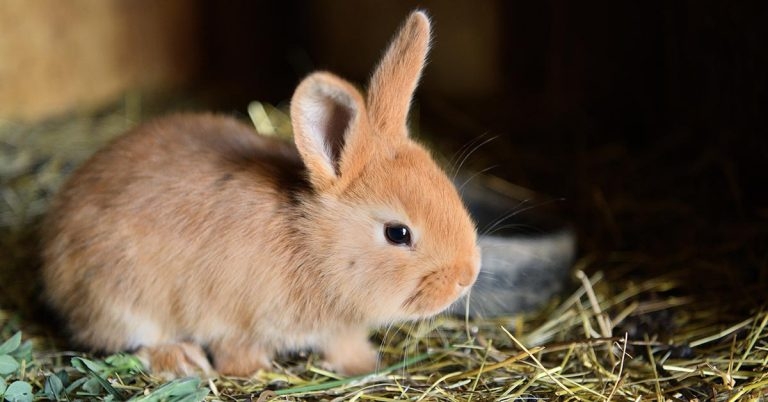
Image © Pavol Klimek / Adobe Stock
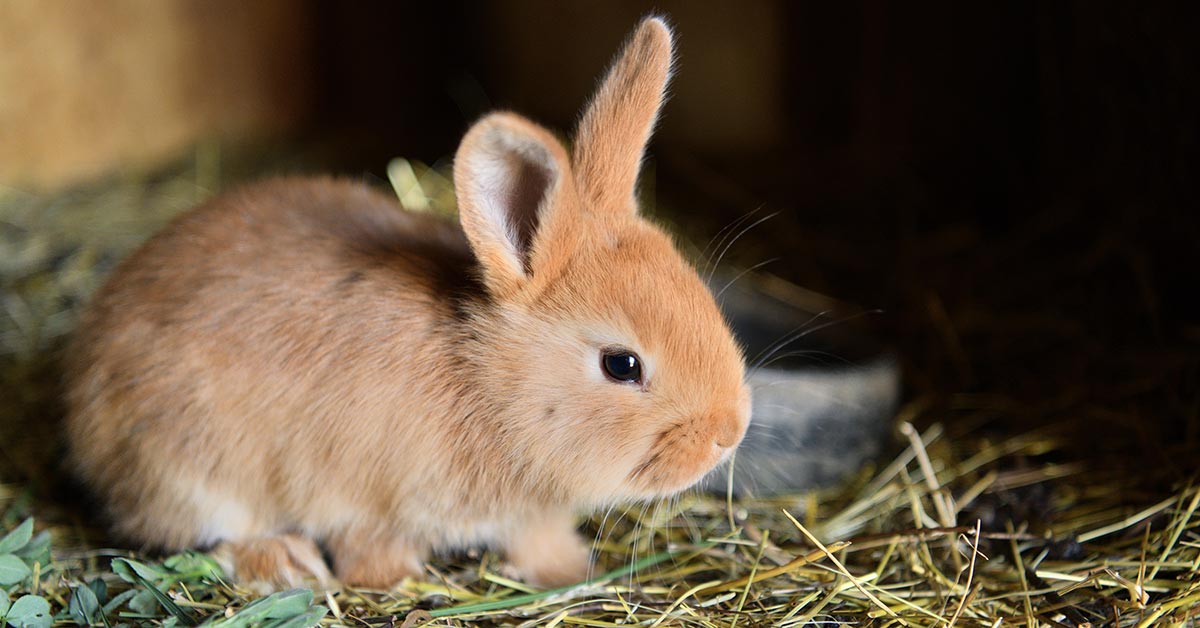
Rabbit nutrition would seem to be a “sorted” topic – we know these animals need lots of fibre and water, and don’t do so well with concentrated diets. Yet we still see a lot of nutrition-related problems.
The latest PDSA Animal Wellbeing (PAW) report (PDSA, 2019) highlighted that approximately 56 per cent of owners either did not provide hay as part of their rabbit’s main diet or did not provide enough hay in the diet. Meanwhile, 21 per cent are still feeding muesli-type diets, in spite of the links with dental disease, gut disease and obesity (Meredith et al, 2015; Meredith and Prebble, 2017; Prebble et al, 2015).
Rioja-Lang et al (2019) similarly highlighted poor diet as a major factor influencing pet rabbit welfare and life expectancy. In this study it was felt this stemmed from lack of owner knowledge and, in some cases, lack of veterinary knowledge.
And yet we know so much?
As ever, to educate and convince, we need evidence. This article will look at three areas of rabbit nutrition where recent studies have increased our evidence base with respect to the role of nutrition in rabbit disease.
Obesity and body condition score
Obesity is a major problem in pet rabbits. In the 2018 PAW report (PDSA, 2018), 77 per cent of rabbit owners knew neither their rabbit’s bodyweight nor body condition score, yet 83 per cent stated they felt their rabbit was the ideal weight. This was in contrast to veterinary professionals, who felt that 30 per cent of the rabbits they saw were overweight or obese.
This is important as obesity is linked to a range of clinical conditions, including OA and cardiovascular disease (Meredith, 2012; Chitty, 2018).
A lack of understanding clearly exists of the correct body condition score/weight of pet rabbits, and a means of a clearly understood and widely used measurement tool. While several have been developed (for example, that described by Sweet et al, 2013), these can often not be used by owners and/or only apply to medium-sized rabbits.
One tool that does exist, and should be broadly applicable to all rabbit sizes, is the Pet Food Manufacturers’ Association Size-O-Meter (Figure 1). This has been the subject of a recent paper by Thompson et al (2019). This showed 64 per cent of owners used this guide and scored their rabbit as their vet did, even though 74 per cent of owners had never previously used it.
Overall, owners and veterinarians tended to be within one body condition score in their assessments. This suggests the Size-O-Meter is simple to use and obtains consistent results between users. As such, it could be of value in educating owners in assessing their rabbits – and, therefore, in control of bodyweight and regular use, may assist in assessment of body condition score changes and, hence, earlier detection of obesity or disease.
However, changes in body condition score may be deemed an insensitive measure of bodyweight change. Direct measurement of bodyweight on a regular basis is far more sensitive, and was felt by Clauss and Hatt (2017) to be easily achievable by owners. From the vet’s perspective, such data would be very useful and owners should be easily taught how to train their rabbit to stand on digital scales.
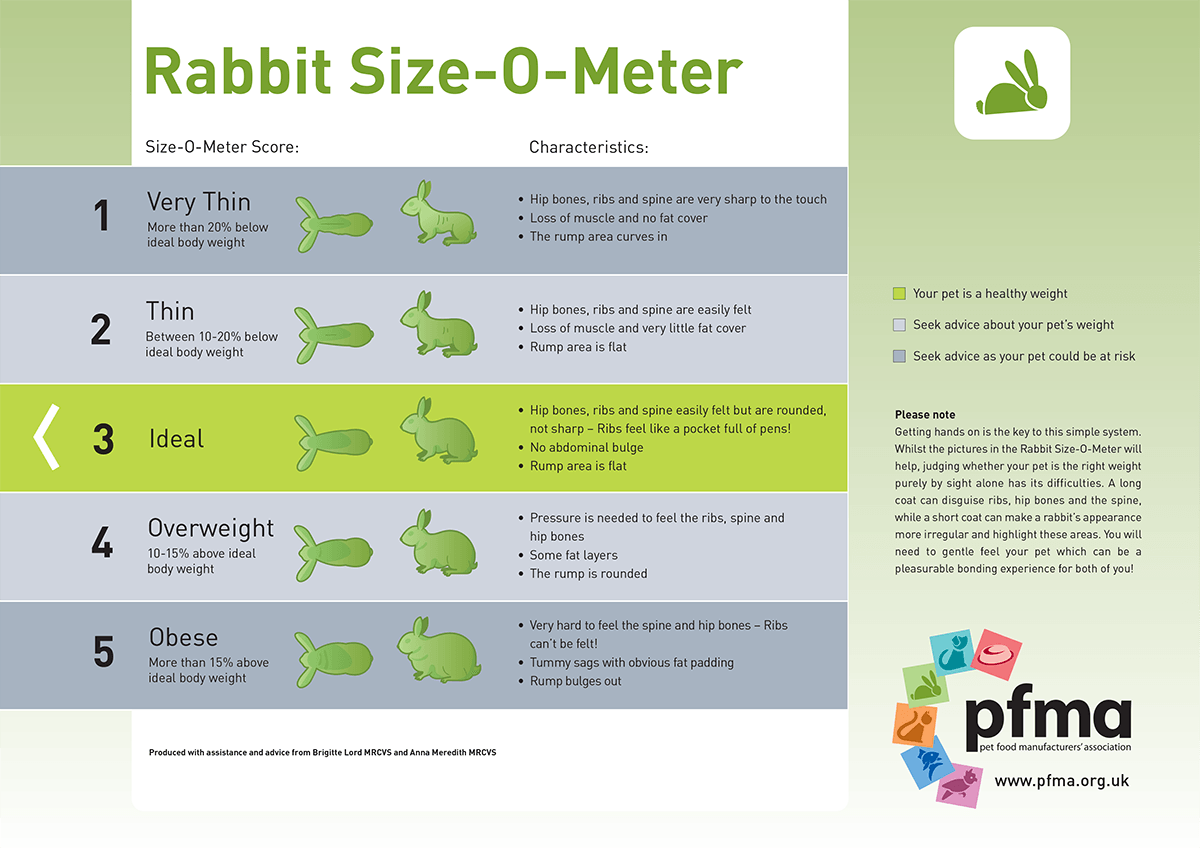
Caecotrophy and dietary protein
Clauss and Hatt (2017) described the importance of failure to ingest caecotrophs and the formation of caecotrophy impaction (Figure 2). They related this to be an important predisposing cause of myiasis in particular.
While many factors may relate to reduce the rabbit’s ability to prehend caecotrophs – for example, dental disease, obesity, husbandry factors (such as lack of space to turn), OA of the spine and abdominal pain – diet may also be a significant underlying cause, especially in long‑term cases and where other underlying disease has been ruled out.
Traditionally, one approach to this problem is provision of a high-fibre diet. The effect of fibre on caecotrophy consumption was confirmed by Meredith and Prebble (2017).
However, the effect of fibre levels on overall gut motility and the working of the fusus coli (the main pacemaker region of the gut) is less certain with extrinsic factors (especially the autonomic nervous system, aldosterone and prostaglandins) being very important in regulating fusus coli activity (Rees Davies and Rees Davies, 2003).
The actual purpose of caecotrophy is to prevent loss of microbial proteins from the digestive process. This would appear to be confirmed by studies showing that increasing dietary protein levels reduces intake of caecotrophs (Fekete and Bokori, 1985). As such, the introduction to a higher fibre diet in such cases may be effective as much by reduction of protein levels rather than simply increased fibre.
Clinically, the relevance is that a clinical history in such cases should include looking at the relative levels of concentrate foods in the diet and at the protein levels in these. High protein levels may indicate a more urgent need to change diet.
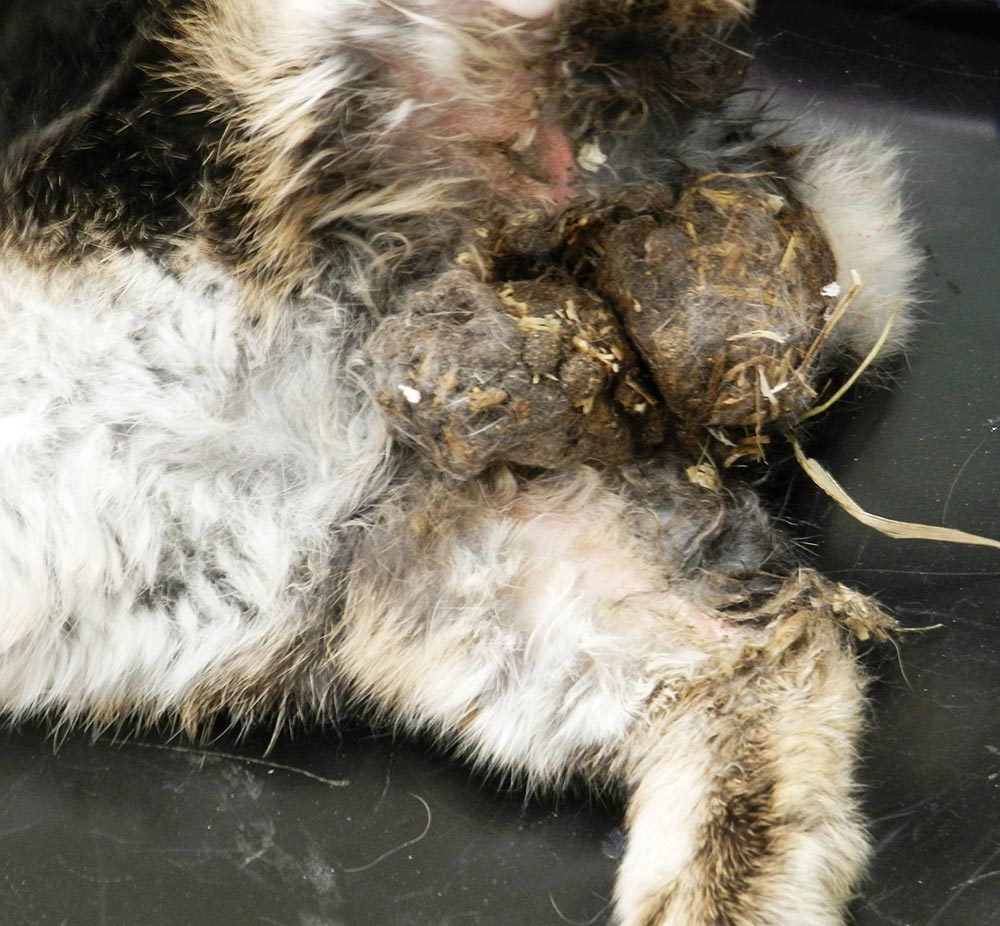
Calcium metabolism and urolithiasis
Urolith formation, along with formation of bladder sludge, has been linked with dietary calcium levels. This is due to the rabbit regulating calcium via renal excretion rather than dietary absorption (in common with many rodents, perissodactyls and elephants).
Other factors that reduce water intake or urination frequency (for example, obesity, lack of space, low fluid intake, pododermatitis, OA, reduced behavioural stimuli and urinary incontinence) have been linked to buildup of large amounts of calcium-rich “sludge” in the bladder (Keeble and Benato, 2013; Figure 3).
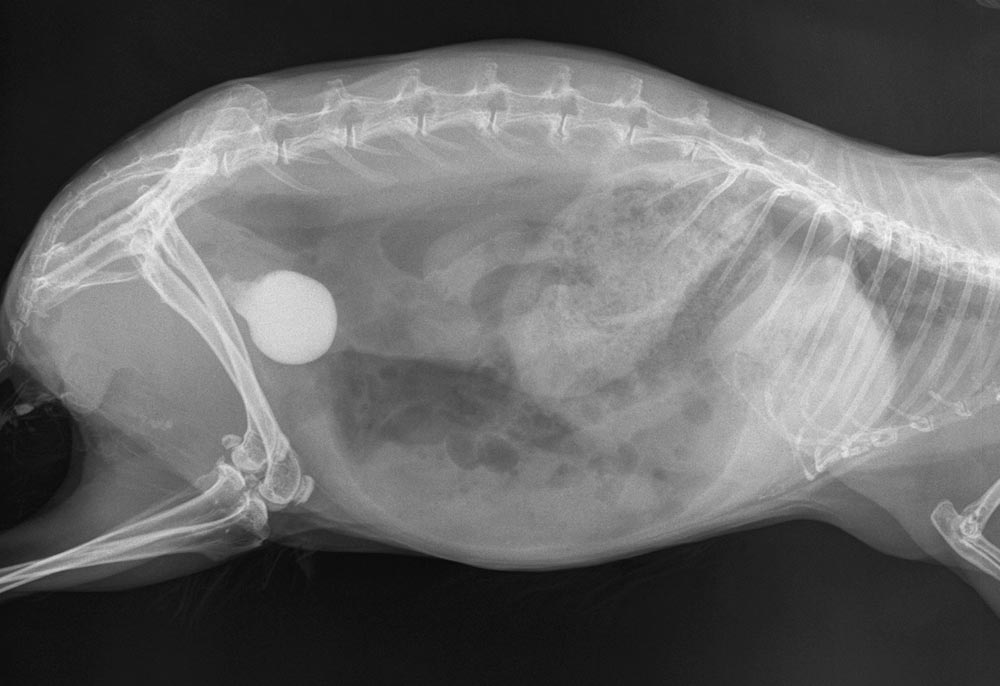
Common advice is to restrict calcium intake to rabbits showing hypercalciuria (Eckermann-Ross, 2008).
However, wild rabbits consume high proportions of calcium-rich legumes in their diet (Alves et al, 2006), so it could be presumed they are adapted to a calcium-rich diet even though wild rabbits do not show hypercalciuria.
Studies have, however, indicated that the urinary calcium content is more dependent on water intake than on dietary calcium, with one study showing 25 weeks of alfalfa-only feeding failed to induce urolith formation, although increased urinary sludge existed. This was not associated with clinical signs or disease (Clauss et al, 2012).
More notably, sludge formation was reduced with higher rates of drinking when fed large amounts of grass hay, and especially when supplemented with fresh food (Tschudin et al, 2011a). Further studies have also shown rabbits prefer drinking from open bowls rather than drinkers (Tschudin et al, 2011b).
Furthermore, reduced dietary calcium intake has been shown to be related to reduced skeletal calcification and dental disease (Harcourt-Brown, 1996), although Clauss et al (2012) suggested mild calcium restriction (using grass-only hay rather than legume hay) may be advised in animals where urolithiasis prevention is an issue.
For most normal healthy rabbits, evidence has suggested urinary sludge and urolithiasis may more effectively be prevented by provision of open bowls of water, an environment encouraging movement and drinking, prevention of causes of reduced urination, and provision of a diet high in hay (of any sort) and fresh food.
For animals where hypercalciuria or urolithiasis are present, treatment of underlying causes is important and they should be encouraged to drink more with a grass hay/greens diet.
Summary
All these examples illustrate the importance of high levels of fibre in the rabbit’s diet and provide strong evidence to show rabbit owners what they will prevent if they feed their pets correctly.
In other words, it can be proved that rabbits are designed to eat hay… now who would have thought that?
